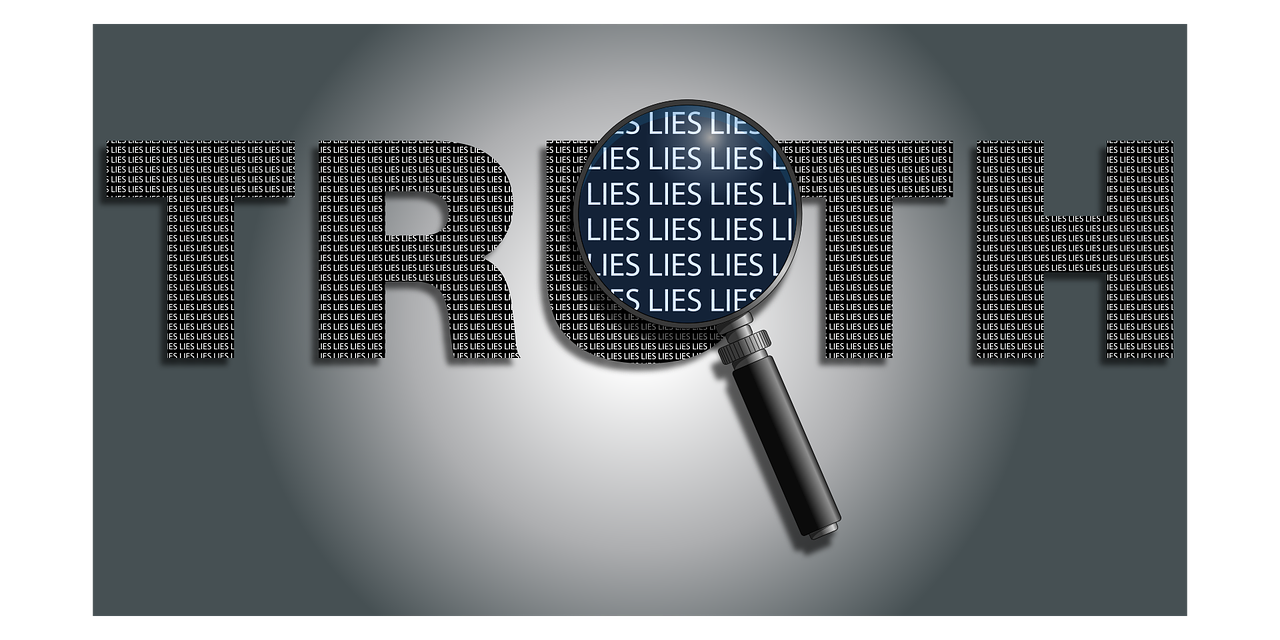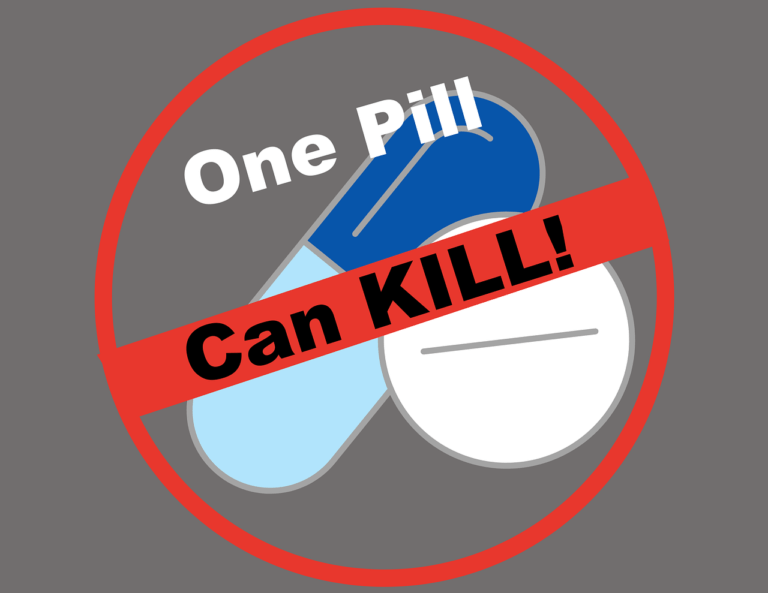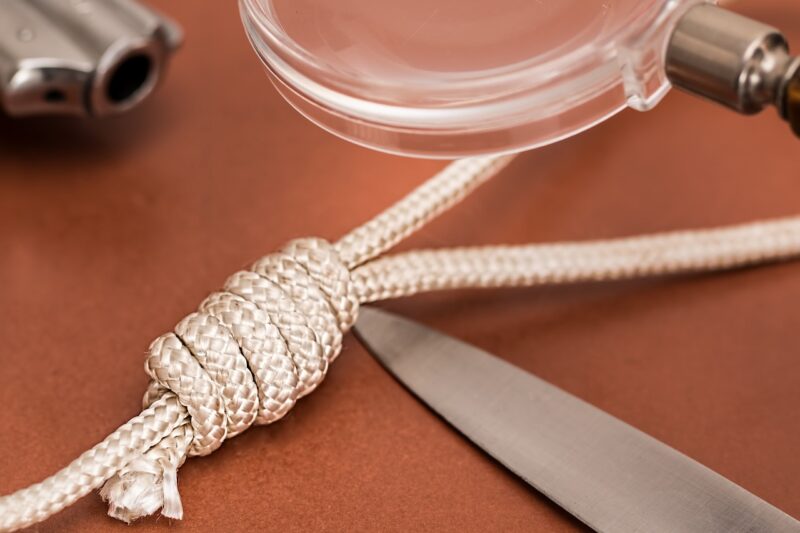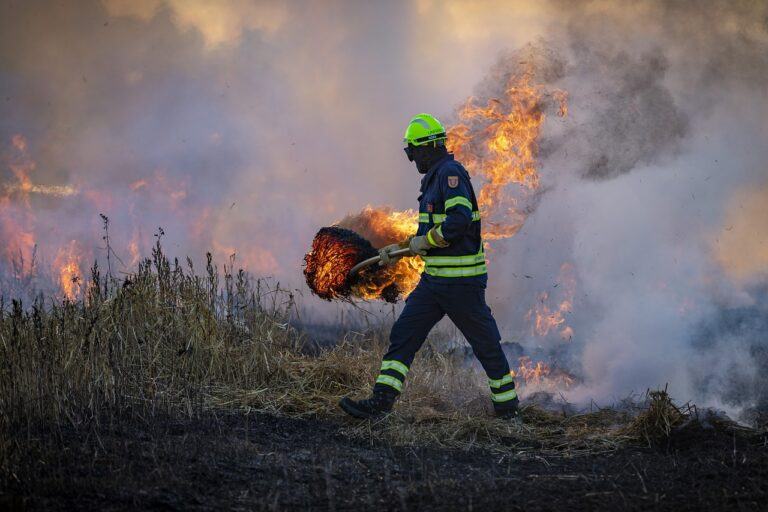How Investigators Expose Staged Crime Scenes
When investigators arrive at a crime scene, they expect to find clues that will help them piece together what happened. But sometimes, the scene isn’t what it seems. Staged crime scenes are deliberately designed to deceive, but good investigators have a keen eye for spotting inconsistencies that lie beyond the deception.
Therefore, staging can happen for many reasons. Perpetrators might alter evidence, rearrange objects, or make a crime look like something else entirely. For example, someone might want to cover up a murder by making it look like a suicide. Others might fake a break-in to make it seem like a burglary or a home invasion. These deceptive tactics can make it hard for investigators to figure out what really went on and who was involved.
The stakes are high when it comes to staged crime scenes. If investigators don’t recognize the staging early on, crucial evidence can disappear or get contaminated. This can lead to incorrect conclusions, wrongful arrests, or even letting the real perpetrator go free. It’s crucial for investigators to get it right from the start, which means being able to see through the illusions that staging creates.
This article will explore how investigators detect staged crime scenes, the techniques they use to reconstruct the true sequence of events, and why it’s important to bring in the right experts from the beginning. You’ll also read about real-world examples where staging played a major role, highlighting the creativity and cunning that perpetrators use to mislead investigators. Ultimately, we’ll see why careful examination, thorough analysis, and teamwork are essential for uncovering the truth behind staged crime scenes.
Table of Contents
Key Techniques for Detecting Staged Crime Scenes
When investigators face a crime scene that may be staged, their job is to look beyond the obvious and find hidden clues. This requires a combination of forensic science, keen observation, and behavioral analysis. Here are the key techniques that help investigators uncover staged crime scenes and reveal the true story.
A. Identifying Inconsistencies and Contradictions
One of the first things investigators do is look for inconsistencies—elements that just don’t add up. For example, if a scene is supposed to suggest a break-in, but the signs of forced entry don’t match the tools typically used, that’s a red flag. Similarly, if an object appears out of place or doesn’t belong in a crime scene context, it could indicate tampering.
Investigators also look for contradictions in the physical evidence. Blood spatter patterns, for instance, can tell a story. If the patterns don’t align with the supposed cause of death, it’s likely that someone manipulated the scene.
B. Forensic Evidence Analysis
Forensic science plays a critical role in detecting staged crime scenes. DNA analysis can determine if a person who wasn’t supposed to be at the scene left behind biological evidence. Fingerprint analysis can reveal if someone tampered with objects to mislead investigators. Ballistics and trajectory analysis help establish the real position of the victim, weapon, or shooter, indicating whether a supposed suicide might actually be a staged homicide.
These forensic tools are invaluable in reconstructing the true sequence of events. They allow investigators to cross-check physical evidence with statements and narratives provided by witnesses or suspects.
C. Behavioral Analysis and Interview Techniques
Investigators know that people’s behavior can be as telling as physical evidence. They study the behavior of suspects, witnesses, and others involved in the case. If someone seems overly dramatic or rehearsed, or if their stories change over time, these can be signs that they are trying to mislead investigators.
Interview techniques are crucial in this context. Investigators ask probing questions to find inconsistencies in people’s stories. They also use behavioral cues to gauge truthfulness. The goal is to identify when someone might be fabricating or omitting details to support a staged scenario.
D. Reconstruction and Contextual Analysis
Reconstructing the crime scene is a key step in uncovering staging. Investigators might use reenactments or 3D modeling to visualize the sequence of events. This helps them understand the physical context of the scene and identify whether the events, as presented, are even possible.
By reconstructing the scene, investigators can pinpoint where the inconsistencies lie and uncover the manipulations that point to staging. This process also helps establish a timeline, providing a clearer picture of what actually happened.
These techniques, when combined, create a powerful toolkit for investigators to see through the illusions of staged crime scenes. With the right analysis, attention to detail, and collaboration among experts, they can uncover the truth and ensure that justice is served.
The Need for Accuracy from the Start
Staged crime scenes are a minefield for investigators, and it’s crucial to get things right from the beginning. Mistakes or delays in identifying staging can lead to a cascade of problems, including contamination of evidence, missed clues, or wrongful arrests. Let’s explore why it’s so important to have the right approach from the start and the risks involved if investigators don’t recognize a staged crime scene quickly enough.
A. Risk of Evidence Contamination or Disappearance
When a crime scene is staged, the perpetrator has already manipulated the evidence to create a false narrative. If investigators are not careful, their actions can further contaminate or obscure critical evidence. For example, if a scene is treated as a suicide rather than a homicide, investigators might not preserve certain types of evidence that could prove otherwise.
To avoid this, investigators must secure the scene immediately, ensuring that only authorized personnel enter. They must use proper evidence collection techniques and maintain a clear chain of custody to prevent contamination or loss of evidence. Even a small misstep can result in crucial evidence being rendered inadmissible in court, undermining the entire investigation.
B. Importance of Calling the Right Investigation Units
Staged crime scenes require specialized skills and resources. If the wrong investigation units are called to the scene, it can lead to delays and misinterpretations. For instance, if a staged crime scene is treated as a simple break-in, the investigators might not bring in the forensic experts needed to identify subtle signs of tampering or staging.
Proper coordination between different law enforcement units, crime scene analysts, and forensic experts is essential. This ensures that all necessary resources are available to analyze the scene accurately. The more complex the staging, the more important it is to have a multidisciplinary team on-site from the start.
C. Releasing the Crime Scene Prematurely
One of the biggest risks in dealing with staged crime scenes is releasing the scene back to the victim or suspect too soon. Once the scene is released, any additional evidence that could point to staging might be altered, removed, or destroyed. This can happen if investigators rush to conclude an investigation or if they fail to recognize the signs of staging.
Investigators must be thorough and methodical in their approach, ensuring that all evidence has been collected and analyzed before declaring a scene clear. This requires careful planning and a deep understanding of how staging can disguise the true nature of a crime.
When investigators recognize these risks and take the necessary precautions, they can better navigate the complexities of staged crime scenes. By focusing on preserving evidence, calling in the right experts, and not rushing the investigation, they increase their chances of uncovering the truth and bringing justice to those affected by the crime.
Collaboration Among Experts
Staged crime scenes present a unique set of challenges that often require a multidisciplinary approach. To uncover the true sequence of events and see through the staged elements, investigators need to work with various experts, from forensic scientists to medical examiners to behavioral analysts. This collaborative approach is critical for ensuring that all aspects of the crime scene are thoroughly examined and that nothing is overlooked.
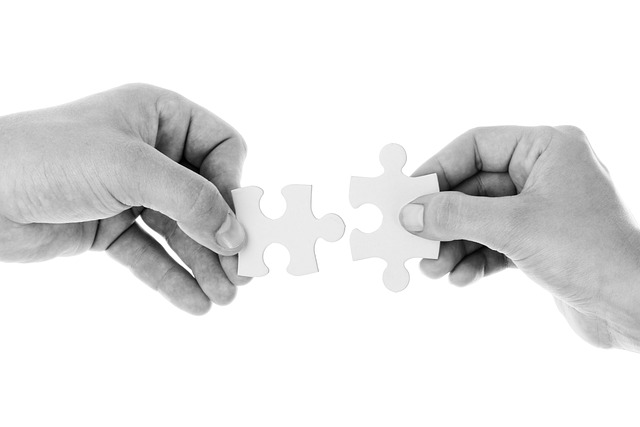
A. Multidisciplinary Approach to Staged Crime Scenes
When a crime scene is suspected of being staged, it’s crucial to bring together a team of experts with different areas of expertise. Each specialist contributes unique insights that, when combined, help reconstruct the true events and expose any attempts at deception.
- Forensic Scientists: These experts specialize in analyzing physical evidence, such as DNA, fingerprints, and ballistics. They can identify discrepancies and confirm whether certain elements at the crime scene have been manipulated.
- Medical Examiners: They play a key role in determining the cause and manner of death. In cases where staging is intended to mislead about the cause of death—like making a murder appear as a suicide—the medical examiner’s findings are crucial in revealing the truth.
- Behavioral Analysts: These specialists study the behavior and motivations of individuals involved in a crime. They can detect signs of guilt, deception, or staging by analyzing suspect and witness behavior and statements.
When these experts work together, they can create a comprehensive view of the crime scene, allowing investigators to piece together the puzzle of a staged crime.
B. The Importance of Experience and Training
Experience plays a significant role in uncovering staged crime scenes. Investigators with years of experience often have an intuitive sense for when something is “off” at a crime scene. They can spot subtle signs of staging that less experienced investigators might miss.
Continuous training in forensic techniques, crime scene analysis, and behavioral science is also essential. As methods for staging become more sophisticated, investigators must stay updated with the latest tools and techniques. Regular training ensures they have the skills and knowledge to detect even the most intricate staging attempts.
C. Communication and Coordination
Collaboration among experts also requires effective communication and coordination. Investigators need to share information and work closely to ensure that all findings are integrated into the investigation. This is especially important in complex cases where staging might involve multiple elements or require a thorough reconstruction of events.
By open communication and coordinating efforts, investigators can ensure that every aspect of the crime scene is examined and that no critical evidence is overlooked. This collaborative approach increases the chances of identifying staged elements and achieving justice for the victims of staged crimes.
Real-World Examples of Staged Crime Scenes
Staged crime scenes are not just the stuff of television dramas or mystery novels—they happen in real life, often with intricate and elaborate deceptions meant to throw investigators off track. Let’s explore some real-world examples of staged crime scenes to understand how perpetrators attempt to mislead and how investigators manage to unravel these cases.

A. Suicides That Are Actually Homicides
One common form of staging is making a murder look like a suicide. Perpetrators often set the scene to mimic common suicide scenarios, hoping to steer investigators away from homicide. This can involve placing a weapon near the victim, arranging the body in a specific way, or leaving a staged suicide note.
In many cases, forensic evidence becomes the key to uncovering the truth. For example, in one high-profile case, a supposed suicide by gunshot was revealed to be a homicide because the angle of the shot didn’t align with a self-inflicted wound. Additionally, the lack of gunshot residue on the victim’s hands indicated that they hadn’t fired the weapon.
By analyzing the details of the scene, medical examiners, ballistics experts, and forensic scientists can identify inconsistencies that point to staging. This thorough examination helps uncover the hidden elements that suggest foul play.
B. Burglaries as a Cover for Other Crimes
Staging a burglary is another common tactic. Perpetrators may ransack a house, break windows, or force doors to make it look like a break-in occurred. This is often done to cover up a more significant crime, such as murder or insurance fraud.
In these cases, investigators look for inconsistencies in the supposed signs of burglary. For example, if valuable items are left untouched while less valuable objects are stolen or moved, it might suggest that the “burglary” was staged. Additionally, if the signs of forced entry are not consistent with typical break-ins—for instance, if the damage to a door or window doesn’t match common burglary methods—it raises suspicions.
Investigators also examine the behavior of those who report the burglary. If their accounts seem rehearsed or inconsistent with the physical evidence, it could be a sign of staging.
C. Domestic Incidents Disguised as Accidents
Staged crime scenes are sometimes used to cover up domestic violence or other forms of foul play. Perpetrators might stage an accident, like a fall down the stairs, to hide the real cause of death or injury.
In one case, a fall down the stairs was revealed to be a homicide because the injuries were inconsistent with a typical accident. The medical examiner found that the victim had injuries that suggested a physical altercation before the fall, indicating that the scene had been staged to look like an accident.
These types of cases require careful analysis of medical evidence and thorough reconstruction of the scene. By examining the injuries and the physical context, investigators can often identify signs of struggle or violence that contradict the staged scenario.
Real-world examples of staged crime scenes highlight the complexity and creativity that perpetrators use to mislead investigators. But with careful examination, forensic analysis, and collaboration among experts, investigators can uncover the truth behind the staging and ensure that justice is served.
Common Types of Staged Crime Scenes
- Staged Suicides: Creating the appearance of a self-inflicted death, often by placing a weapon or writing a suicide note to divert attention from murder.
- Staged Burglaries: Faking a break-in or theft to cover up a different crime, like murder or insurance fraud, by forcing doors or ransacking rooms.
- Staged Accidents: Making violent crime appear as an accident, such as staging a fall down stairs or a car accident to conceal domestic violence or foul play.
- Staged Domestic Incidents: Manipulating the scene to disguise abuse, neglect, or violence within a household, often downplaying the seriousness of the event.
- Staged Financial Crimes: Arranging a scene to hide theft, embezzlement, or insurance fraud, like staging a robbery to cover up internal theft.
- Staged Arson: Setting fires to hide other crimes or claim insurance money, often using accelerants to simulate common fire causes.
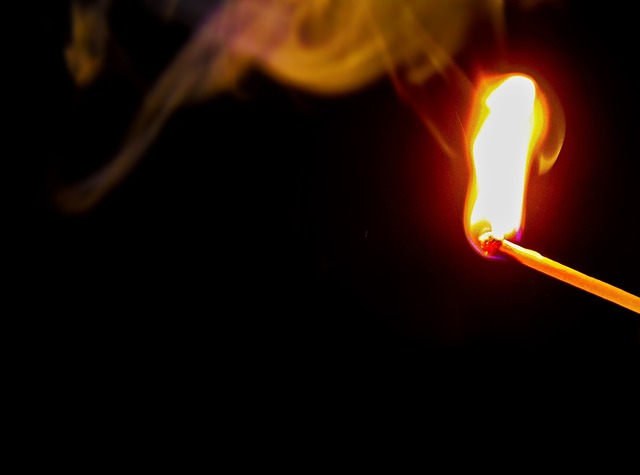
Conclusion
Staged crime scenes represent one of the most challenging aspects of crime scene investigation. The deliberate manipulation of evidence, objects, and narratives by perpetrators can mislead even experienced investigators. However, through a combination of forensic science, behavioral analysis, expert collaboration, and careful reconstruction of events, it’s possible to uncover the truth behind these deceptive scenes.
The techniques used to detect staging—like identifying inconsistencies, examining forensic evidence, and analyzing behavior—require skill and expertise. Moreover, staged crime scenes underscore the importance of a multidisciplinary approach, involving forensic scientists, medical examiners, crime scene analysts, and other specialists. Collaboration among these experts ensures a comprehensive examination and reduces the risk of overlooking critical clues.
Ultimately, the goal is to bring justice and closure to victims and their families. By exposing the truth behind staged crime scenes, investigators play a crucial role in ensuring that those responsible for crimes are held accountable. This work not only brings perpetrators to justice but also helps restore trust in the justice system.
I trust this content has been informative and useful in comprehending the importance of resolving such staged crime scenes. Please consider leaving a comment below and reading my upcoming article on how forensic genealogy significantly assists CSI.
Furthermore, you can visit my other website for valuable women’s safety tips.
Willie McCain
